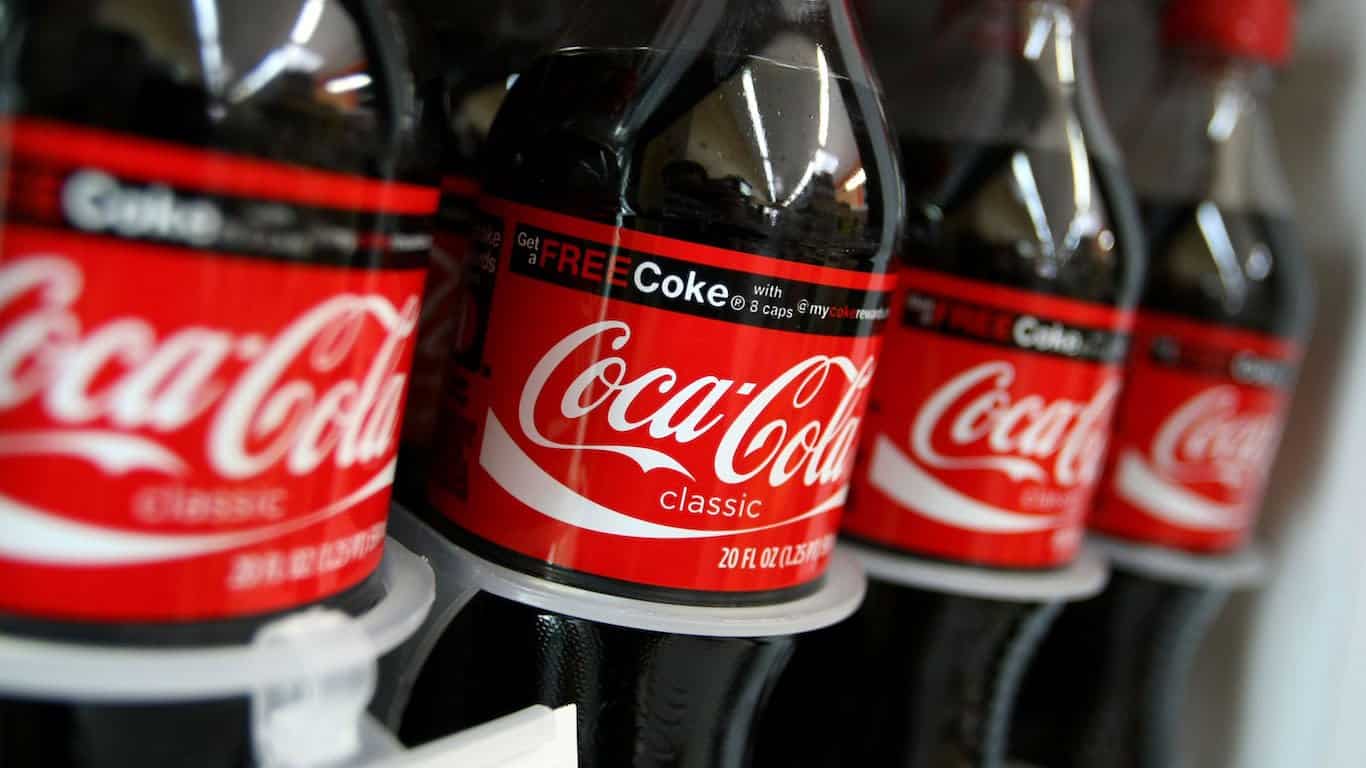Many people set out to create something new and innovative. While some meet their goal and create what they hope for, not every invention goes as planned. Occasionally, what’s been created by accident becomes the best invention, changing the course of history forever.
Today, we’ll look at 20 accidental inventions that changed the world. From Percy Spencer’s accidental invention of the microwave oven to Sir Alexander Fleming’s invention of penicillin, each invention made its mark on history. Many of these inventions occurred because the people behind the experiments weren’t afraid to try a new route or explore a new path along the way.
Some of these inventions changed lives, while others simply added convenience or a new food item that’s still loved today. Additionally, not every item on the list was created by a scientist, engineer, or mathematician. Some, like Play-Doh, were created by everyday people who happened to stumble upon a great idea. (For more reading on inventions that have changed the course of history, check out 20 ancient inventions that we still use today.)
To compile this list of accidental inventions that changed the world, 24/7 Tempo consulted several historical sources. These include History, Reader’s Digest, and the Britannica encyclopedia, among others.
Microwave oven

- Year invented: 1945
- Invented by: Percy Spencer
Percy Spencer, an engineer working for the Raytheon Company, discovered something unique when a chocolate bar in his pocket melted during an experiment at work. To test his idea, Spencer grabbed a few corn kernels, and sure enough, each one popped after being exposed to microwaves emitted by the magnetron he was working on. In 1946, the first microwave hit the market for consumers.
Penicillin
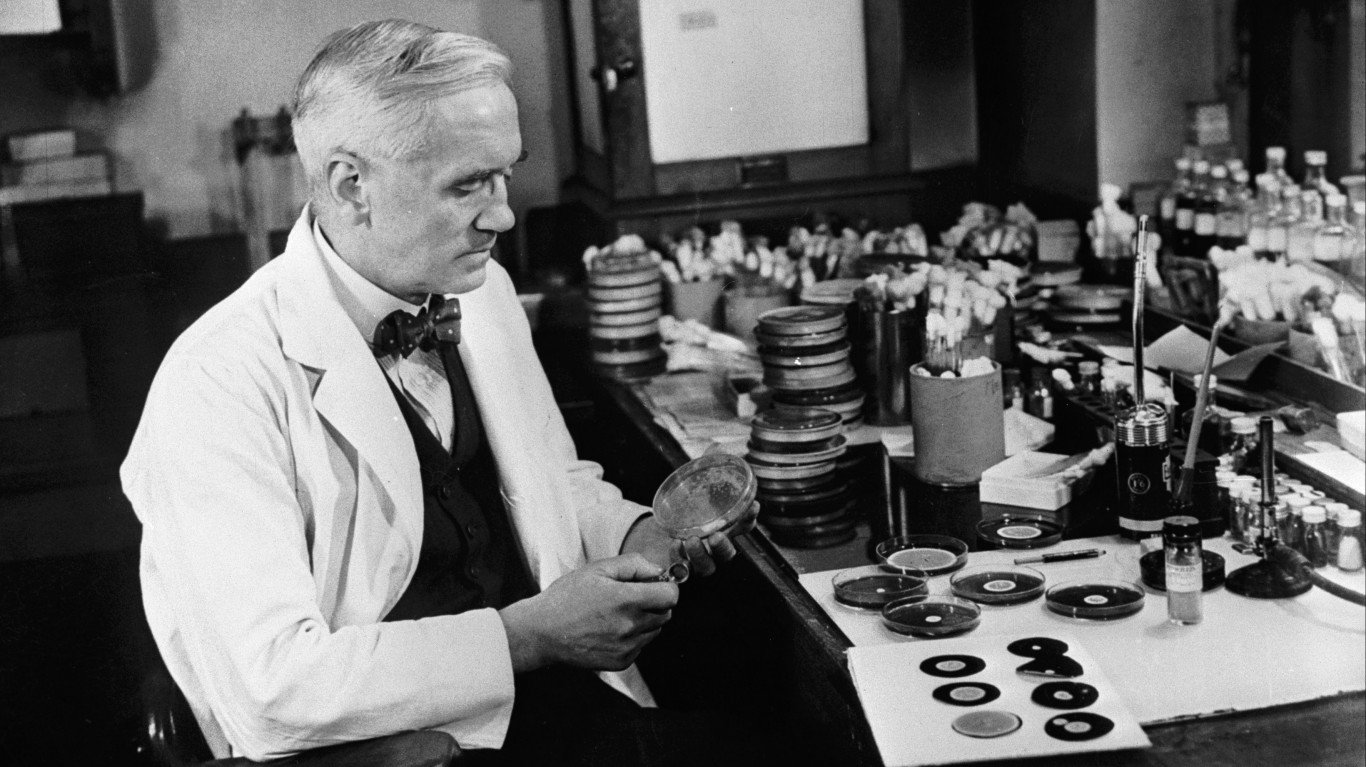
- Year invented: 1928
- Invented by: Alexander Fleming
Alexander Fleming, a bacteriologist in London, was working hard to create a drug that would cure multiple diseases. He was unsuccessful at first until he returned from a trip and noticed that an area around a mold growing on a petri dish was free from bacteria.
Fleming wrote about his discovery in a paper in 1929. However, it wasn’t pursued as a medicine until the early 1940s when a few chemists at Oxford University read his paper and went to work. Penicillin was first tested in 1940. In 1942, it began being distributed for widespread use.
Pacemaker

- Year invented: 1960
- Invented by: Wilson Greatbatch
According to Veteran’s Affairs Research and Development articles, the first pacemaker was implanted in a dog in 1958. This was done by Dr. William Chardack and Dr. Andrew Gage, who worked with engineer Wilson Greatbatch. Greatbatch, who had been working to build an oscillator, accidentally created a unit that would emit a steady electrical pulse. The pacemaker was tweaked after the 1958 invention and successfully used on a 77-year-old male in 1960.
X-rays

- Year invented: 1895
- Invented by: Wilhelm Conrad Röntgen
Röntgen, a German physicist, accidentally discovered X-rays after working with cathode rays. After several weeks of testing this type of radiation, Röntgen wrote about his studies. Physicians began using this new technology as early as 1896.
Post-it notes

- Year invented: 1968
- Invented by: Spencer Silver, Art Fry
Spencer Silver, a scientist and inventor at 3M, concocted a new adhesive that only lightly adhered to paper and other surfaces. Silver attempted to find several ways to market the new product but to no avail. However, in 1980, Art Fry needed a new way to mark his hymnal at church that wouldn’t damage the paper. The two worked together to launch and market what we know today as Post-it notes.
Velcro
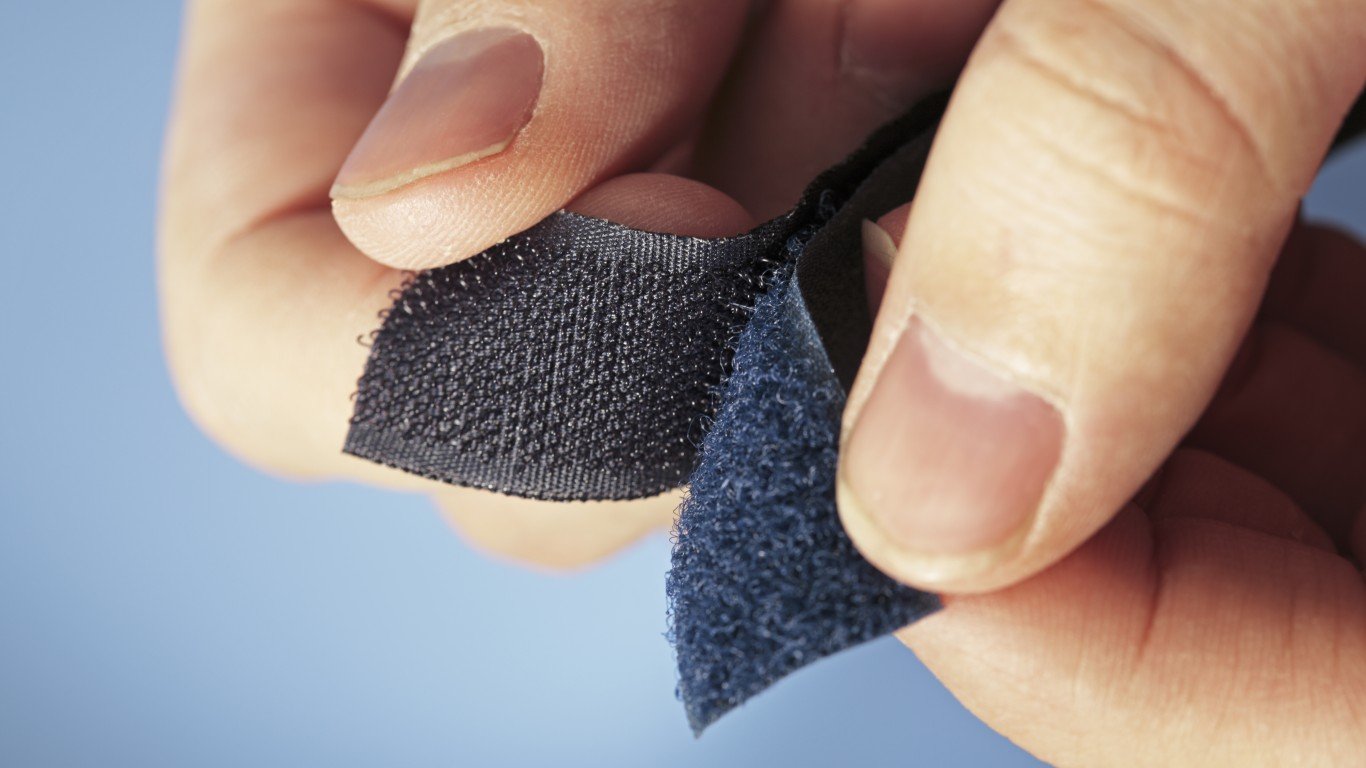
- Year invented: 1955
- Invented by: George De Mestral
The research for Velcro began in 1941 after Mestral noticed both he and his dog were covered in pieces from a cocklebur plant. He set about to create an invention that would work to remove these hook-like barbs, and after more than 10 years of work, he patented Velcro in 1955. Today, Velcro is used for almost anything and has especially been embraced by NASA for use in spacecraft and equipment.
Warfarin

- Year invented: 1941
- Invented by: Prof. Karl Paul Link and team
Today, Warfarin is a commonly known blood thinner. However, it began as something much different. In the 1920s, it was discovered that moldy clover hay was causing animals like sheep and cattle to die from complications tied to internal bleeding. The hay contained an anticoagulant that prevented blood from clotting.
In 1940, Prof. Karl Paul Link led a team of researchers from the University of Wisconsin to investigate the anticoagulant, discovering a strong compound that was soon patented as Warfarin. Before this compound was used as a blood thinning medicine, however, it was approved as a rat poison in 1948. In the 1950s, it entered clinical trials and was eventually approved to treat heart attack patients.
Play-Doh
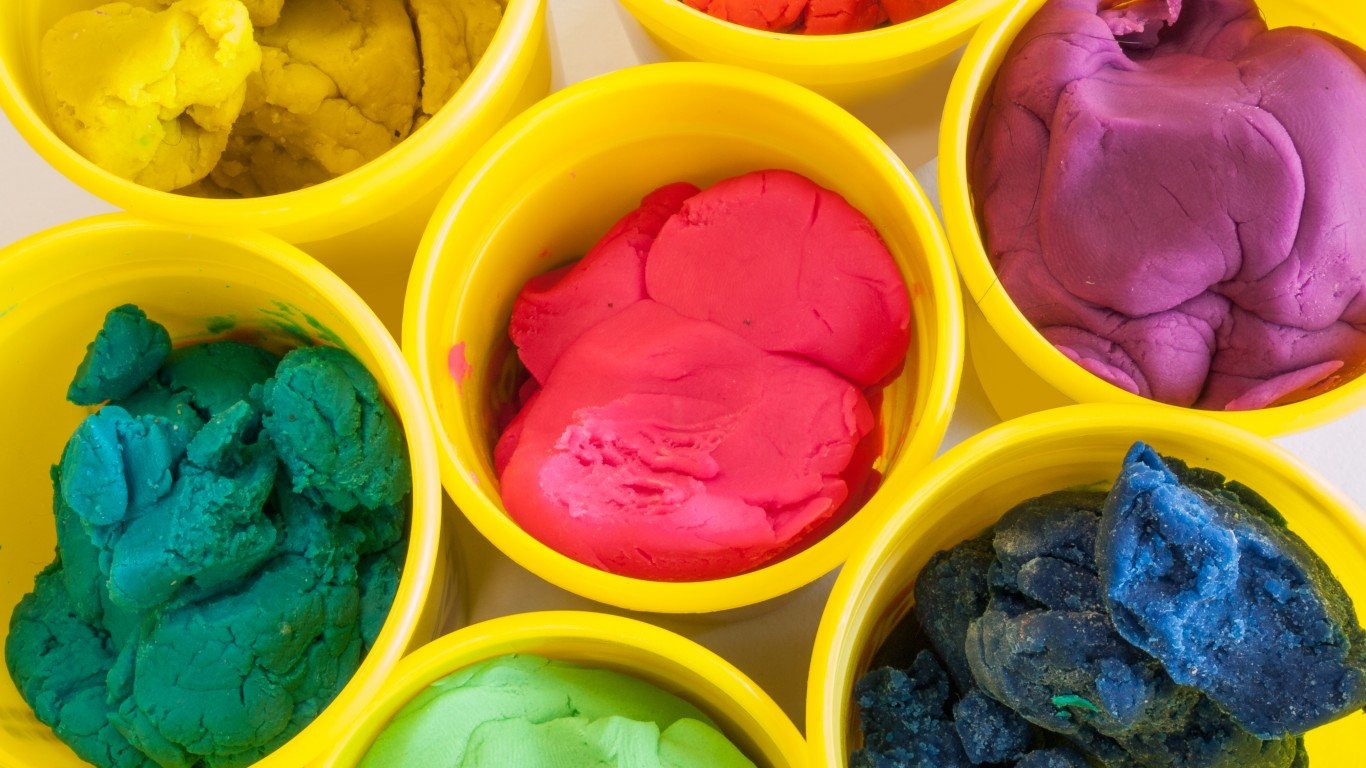
- Year invented: 1956
- Invented by: Kay Zufall and Joseph McVicker
Kutol Products, the largest wallpaper cleaning manufacturer in the world, was slowly running out of business and becoming obsolete. As fewer people needed the product due to cleaner heating options and fewer fireplaces that left soot on their walls, McVicker’s sister-in-law, Kay Zufall, suggested the product be used as a molding clay for kids. Play-Doh is now owned by Hasbro and was inducted into the National Toy Hall of Fame in 1998.
Super Glue
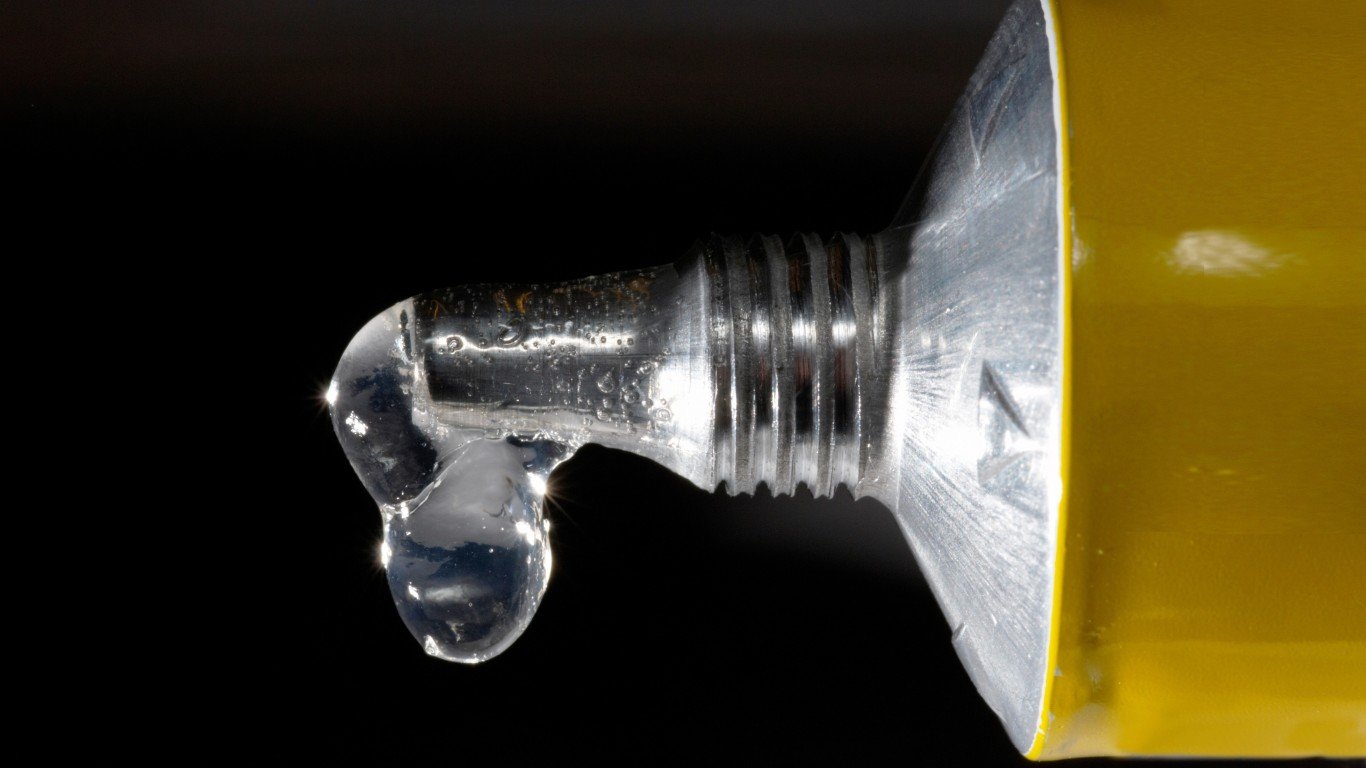
- Year invented: 1942
- Invented by: Dr. Harry Coover
During World War II, many companies were looking for ways to support war efforts. While working on a project for gun sights at Eastman Kodak Company, Dr. Harry Coover accidentally invented Super Glue. However, it was far too sticky to use, so the project was quickly abandoned. A decade later, Coover went back to the project, eventually patenting it for consumer use.
Mauveine
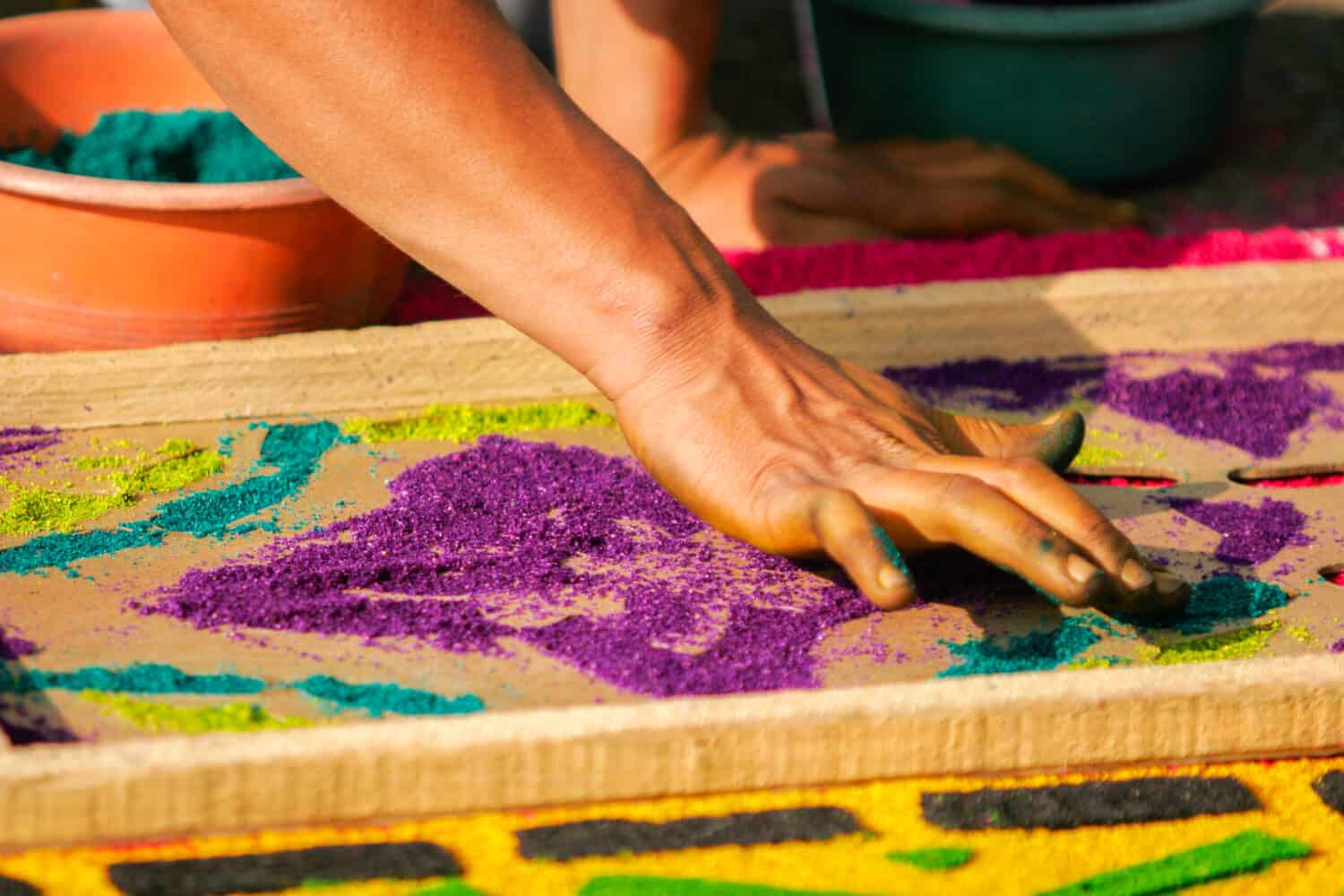
- Year invented: 1856
- Invented by: William Henry Perkin
Mauveine, or aniline purple, was the first synthetic dye ever created. An English chemist, 18-year-old Perkin, was searching for a substitute for quinine. Though his experiment failed, he managed to discover the dying properties of his new concoction.
Smoke detectors

- Year invented: 1930s
- Invented by: Walter Jaeger
In an attempt to create a sensor that would detect poison gas in the air, Walter Jaeger, a Swiss physicist, ended up creating a sensor that picked up his cigarette smoke instead. Over the next several decades, these smoke detectors would become common in households across the country.
Dynamite
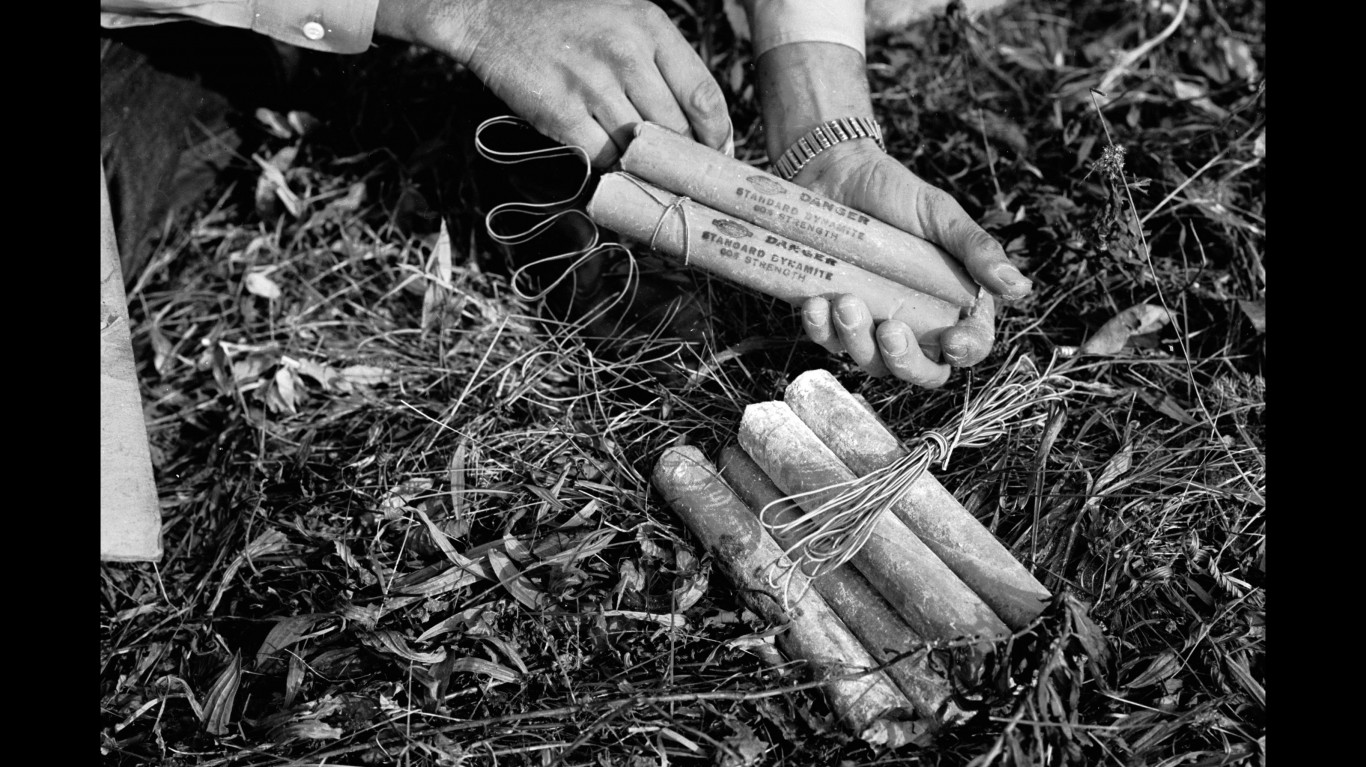
- Year invented: Alfred Nobel
- Invented by: 1867
While dynamite was invented by Alfred Nobel in 1867, it was largely due to the 1847 invention of nitroglycerin from his labmate and Italian chemist, Ascanio Sobrero. Sobrero never intended his invention to be used for harm, but Nobel saw the potential in creating a powerful weapon. He stabilized the nitroglycerin with silica powder, and dynamite was born.
Teflon
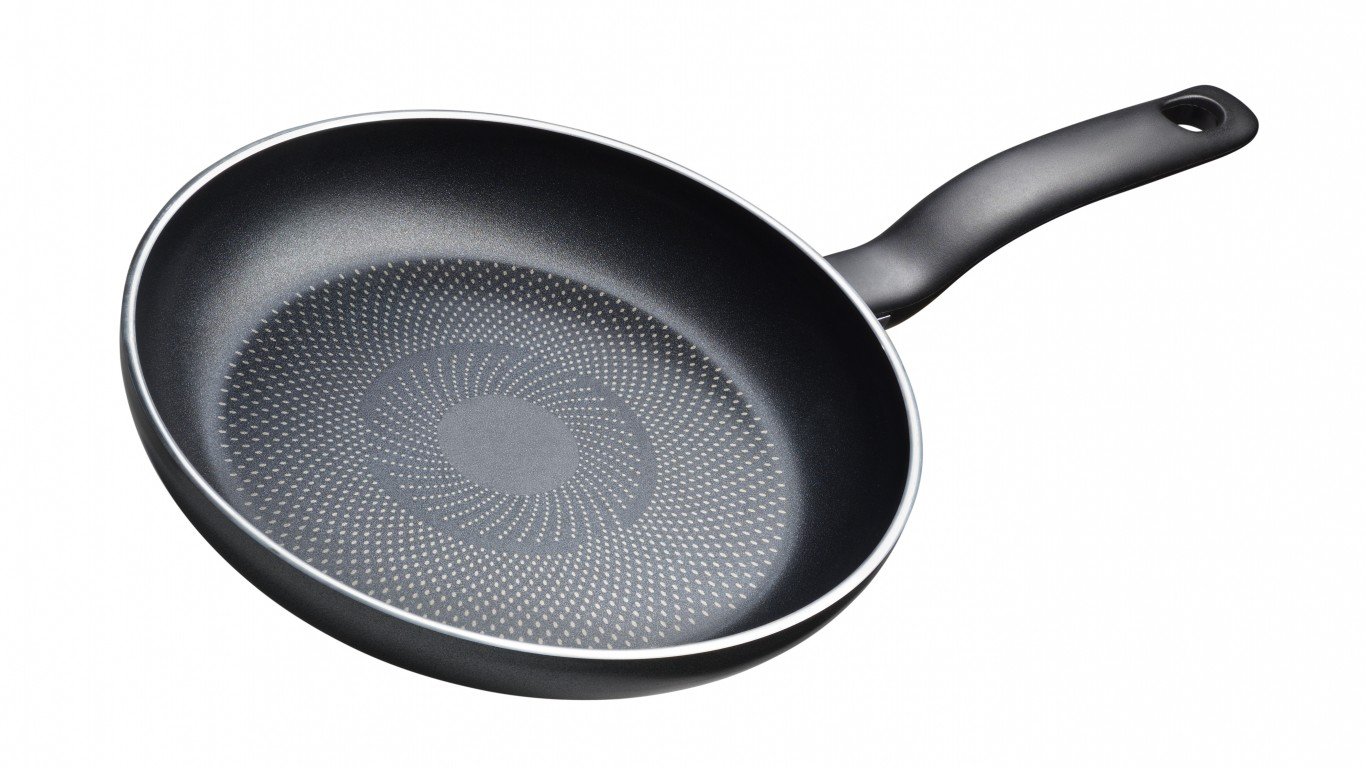
- Year invented: 1938
- Invented by: Roy J. Plunkett
American chemist Roy Plunkett was working on creating a coolant gas for DuPont when he accidentally stumbled upon the creation of modern-day Teflon. DuPont went home for the night, unknowingly leaving one of his gas experiments to polymerize spontaneously. This byproduct would later be used in nonstick cookware and the atomic bomb.
Coca-Cola

- Year invented: 1886
- Invented by: Dr. John Pemberton
A pharmacist living in Atlanta, John Pemberton created his own elixir made up of coca extract and wine, calling it “Pemberton’s French Wine Coca.” It was meant to cure common ailments, including nervousness and headaches. However, when alcohol was banned from Georgia in 1885, Pemberton removed the wine from his syrup and sold the coca extract with instructions to mix it with carbonated water. The Pemberton Chemical Company was created to market the product and eventually changed its name to Coca-Cola.
Potato chips

- Year invented: 1853
- Invented by: George Crum
It’s hard to imagine a world without potato chips, yet up until 1853, this food item didn’t exist. History states that George Crum, a chef at Moon’s Lake House in Saratoga Springs, New York, was serving a customer who kept sending his french fries back, asking them to be thinner and crispier. In frustration, Crum sliced a potato extremely thin and fried it to a crisp. The customer surprisingly loved it. It’s worth noting, however, that there is little factual basis behind this story. History reports that at least five people have claimed to be the inventor of potato chips, including Crum’s sister.
Safety glass

- Year invented: 1903
- Invented by: Édouard Bénédictus
While glass had already been invented, laminated glass was created by accident. While working in his laboratory, French chemist Édouard Bénédictus accidentally dropped a glass flask. However, when the flask shattered but didn’t break into a tiny million pieces, Bénédictus noticed that the inside had been covered in cellulose nitrate. Bénédictus filed for a patent in 1909, leading to the production of safety glass.
Anesthesia

- Year invented: 1846
- Invented by: Dr. William T.G. Morton
Morton, a Boston-based dentist, is credited with being one of the first to use what we consider to be modern-day anesthesia. He used sulfuric ether on a patient who needed a tumor removed from his neck. While chloroform was also used as an anesthesia at the time, Morton is credited with being the first to use a concoction that is still generally used today.
Saccharin
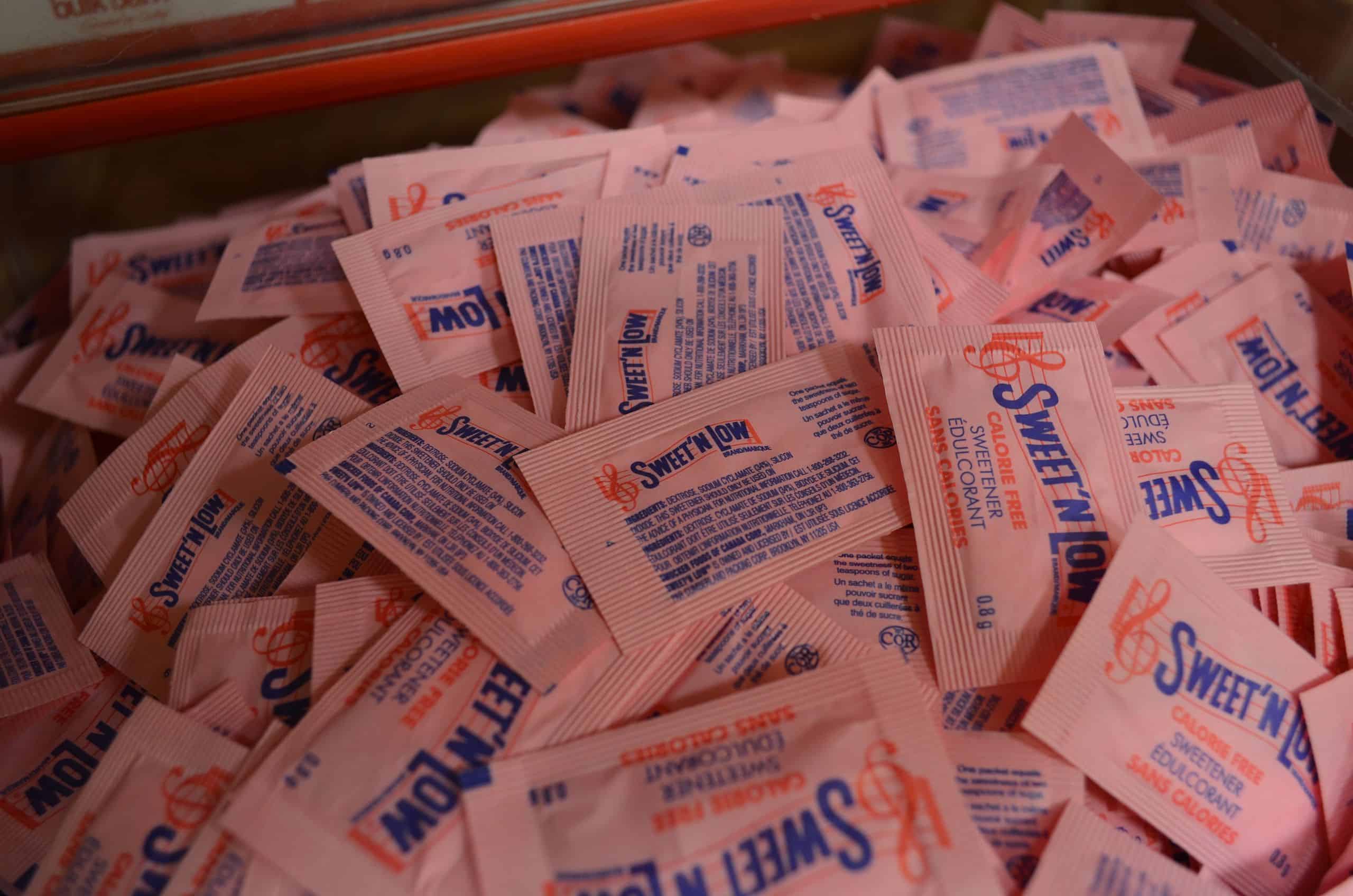
- Year invented: 1878
- Invented by: Konstantin Falbert
While Russian chemist Konstantin Falbert worked on experiments in the lab at Johns Hopkins University, he stumbled upon the first commercialized artificial sweetener. When coming home for dinner one evening, Falbert forgot to wash the coal tar off his hands. His wife’s biscuits tasted sweeter than before, and Falbert quickly realized the sweet taste was from the saccharin in the tar. Today, we know Falbert’s discovery to be the pink packets you find at the local diner or coffee shop: Sweet ‘N Low.
Friction matches

- Year invented: 1826
- Invented by: John Walker
British pharmacist John Walker stumbled upon the invention of the friction match when his experiment with chemicals caused a coated stick to ignite after being scraped against his hearth. After tinkering with the idea, Walker began selling his matches in his pharmacy, calling them “Congreves.” These matches were small cardboard sticks covered in both antimony sulfide and potassium chlorate, allowing them to ignite when struck against sandpaper.
Scotchgard
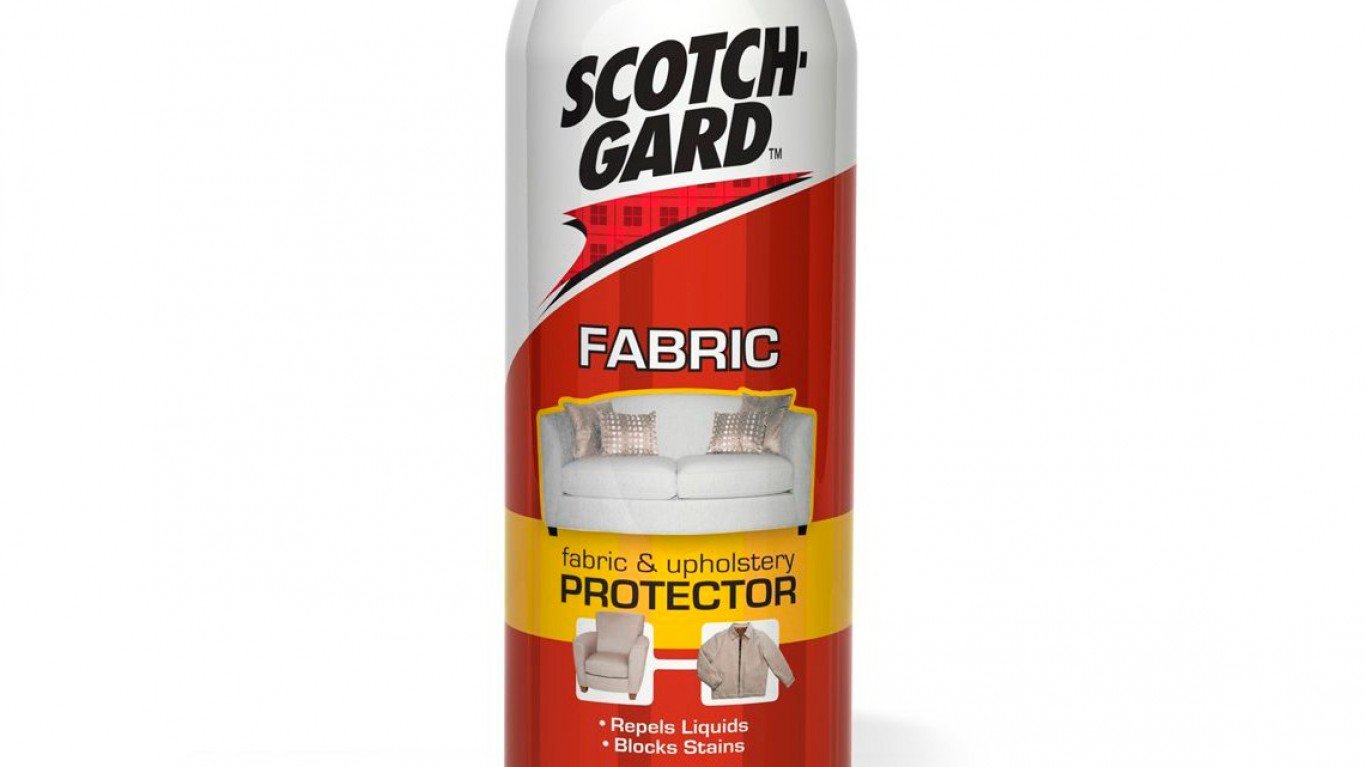
- Year invented: 1952
- Invented by: Patsy Sherman and Samual Smith
Sherman and Smith, chemists for 3M, were working to create a rubber material that could be used in jet fuel lines. However, when an assistant dropped one of the synthetic mixtures on her shoe, Sherman and Smith were fascinated by the results. They spent the next few years working on the compound and eventually earned a patent for the commercialized product, “Scotchgard Protector.” (Check out 16 famous inventions named after their creator.)
